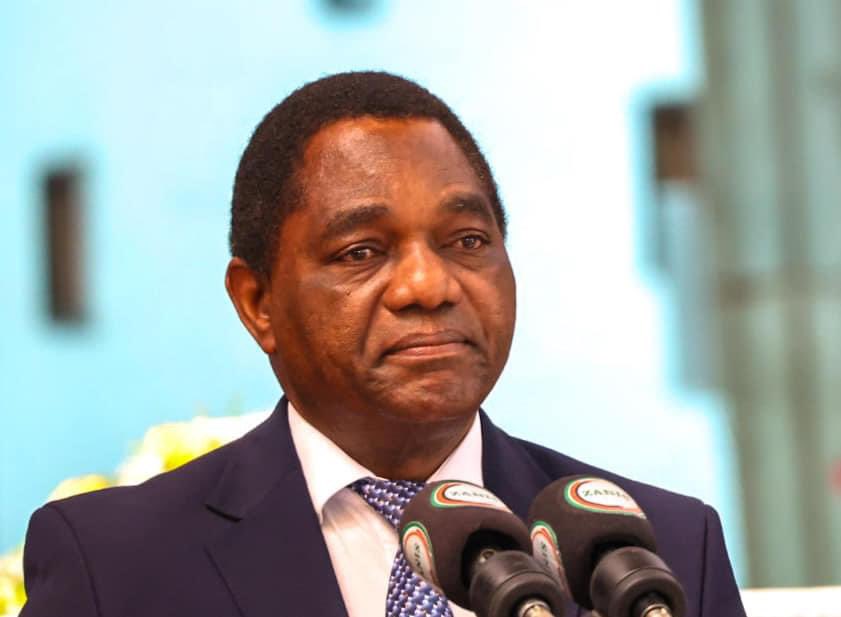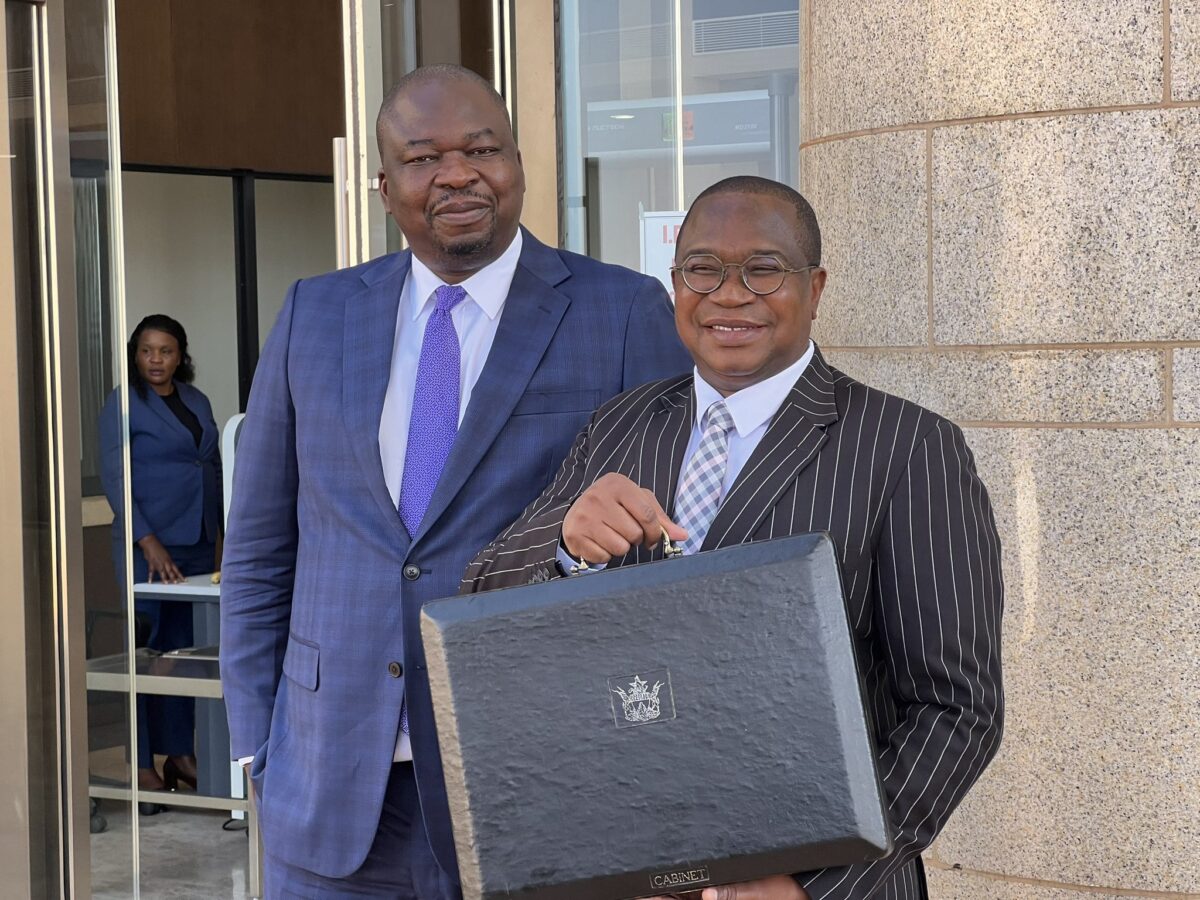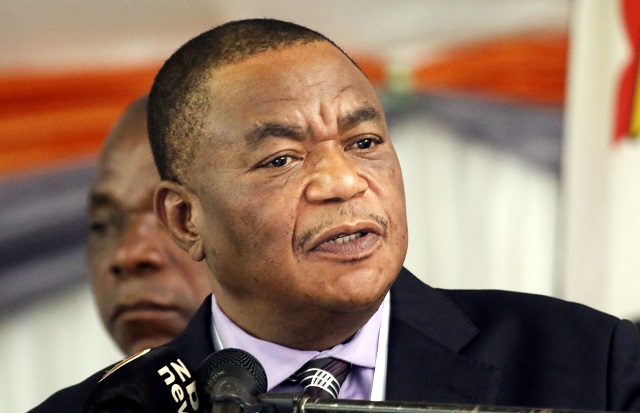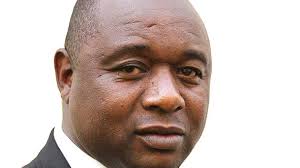HARARE – The Reserve Bank of Zimbabwe scrapped the peg between its quasi-currency ‘RTGS dollar’ and the United States dollar on Wednesday, potentially paving the way for its official currency exchange rate to slide sharply to match its value on the streets.
Central bank governor John Mangudya said the bond notes would trade freely with the U.S. dollar and other foreign currencies in a new foreign exchange interbank market.
The RBZ had maintained a one-to-one pegged exchange rate between the bond notes, first launched in 2016, and the dollar even though the greenback and other currencies such as the South Africa’s rand have fetched high premiums when exchanged for the notes on the parallel market. The bond notes are used for day-to-day transactions in the shops and elsewhere.
The announcement amounted to an effective devaluation, Harare-based economist John Robertson said.
“He (Mangudya) didn’t mention it by name, but they have devalued it,” he said. “We should now see a convergence of a stable rate going forward. Buyers and sellers will now need to meet and agree on a rate.”
Zimbabwe, which adopted the U.S. dollar after dumping its hyperinflation-hit Zimbabwe dollar in 2009, is gripped by a shortage of cash dollars, leading to prices on imported goods spiralling in recent weeks.
Mangudya said that under the new system introduced on Wednesday:
- RTGS dollars (bond notes, bond coins and RTGS bank balances) would be used by all entities including the government to price goods and services
- The use of RTGS dollars would eliminate the existence of a multi-pricing system; prices should either remain at their current levels or decline “in sympathy with the stability in the exchange rate”
- The central bank has arranged “sufficient lines of credit” to enable it to maintain foreign currency to underpin the exchange rate
- Foreign currency from the interbank market will be used for foreign-payment invoices
The refusal by foreign traders to accept bond notes as legal tender resulted in payment problems for companies such as gold miners and grain millers and exacerbated shortages of raw materials. Shops also charged customers different prices depending on which unit they used to pay, offering discounts as high as 70 percent to those who used real U.S. dollars.
The central bank measures are a step toward Zimbabwe reintroducing its own currency, Neville Mandimika, an analyst in Johannesburg at FirstRand Ltd.’s Rand Merchant Bank, said in response to emailed questions. Finance Minister Mthuli Ncube has said he wants a new currency introduced within a year.
“The move is largely constructive as the government now officially recognizes that U.S. dollars and RTGS$ are not at parity,” Mandimika said. “The introduction of a Zim dollar will be just in name, but the RTGS$ is essentially the Zim dollar.” – Reuters/Bloomberg
















